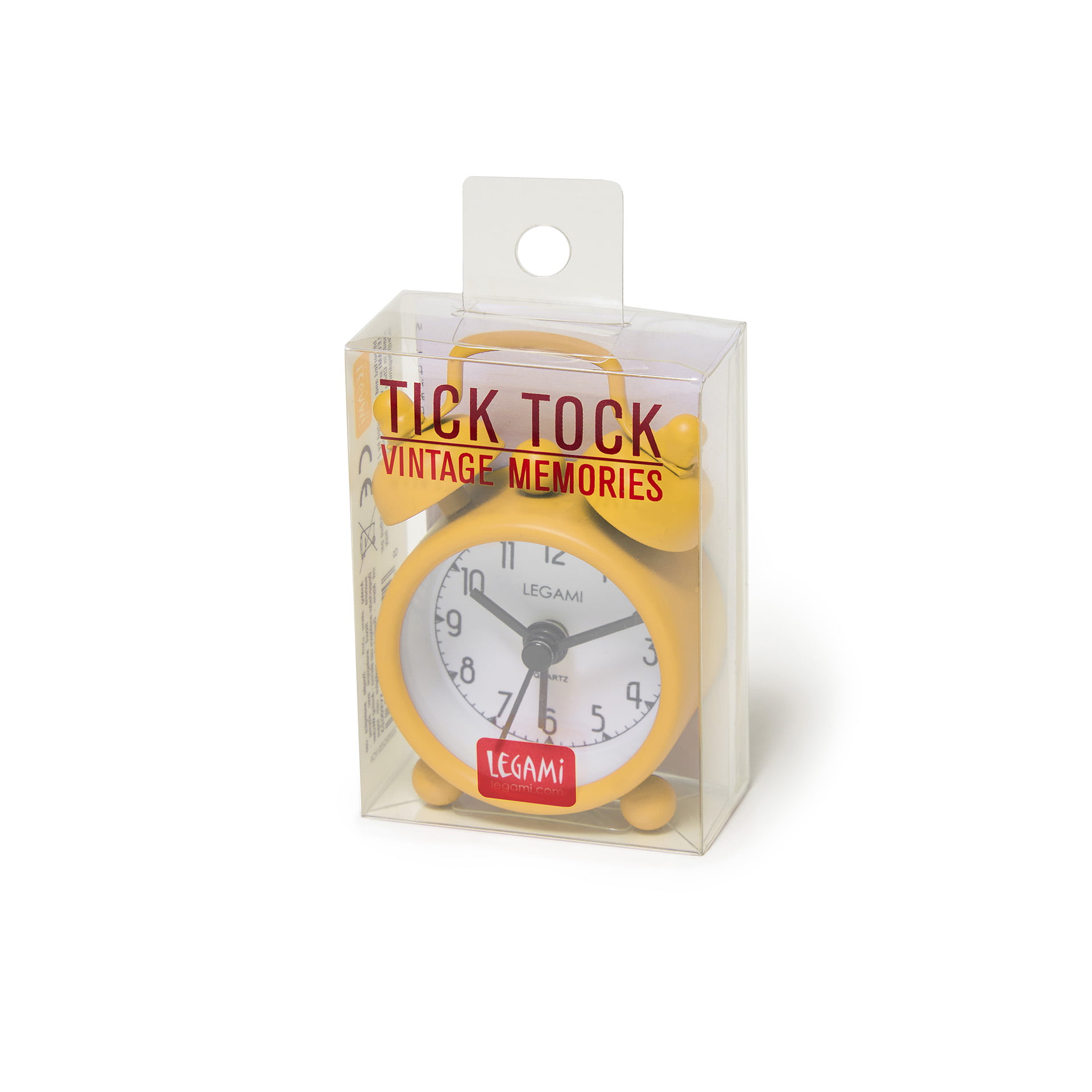
If the movement is on our charts, then it is best to replace it. Forget about the movement being sentimental when it comes to replacing it, keep the case sentimental, not the Weight Driven Clocks movement. It can be much more expensive to overhaul a movement because of the extensive time it takes to disassemble the movement, work on it, and then put it all back together again. Unless you find clocks as interesting as I do, then the time required to overhaul the movement is not worth it when you can get a New Movement, improved by the factory with bronze bushings, which will be more cost effective. To get to this point means it is time to look for a New Spring Driven Clocks Movement. Pivot holes are explained in another section. Clean out the old oil and check for excessive wear at the pivot holes. If the old oil dried up, then this would cause too much friction for the clock to run with the weights power. It is time to give the Spring Driven Clocks clock a good cleaning and check it over for excessive wear. If these things do not fix the clock then it would be safe to assume there is a general lack of power in the time train. If it bumps anything, even slightly, then it loses some momentum and the clock will eventually stop.
Tick tock clock free#
The point is, to keep the pendulum totally free from obstructions because it uses its own weight and momentum to help keep the clock running. All clocks are meant to be level and in beat from side to side, but not all clocks are meant to be perfectly level from front to back. If a clock is not level side to side and front to back, (or close) the bob may hit the case. Being off level is the most common reason for the pendulum to be blocked during its swing. If someone decides to replace the bob but hooks on a fatter one then the original, it may bump into the movement during its swing, even though the clock is level. Bobs are lost frequently like clock keys. It is commonly found in mantle clocks that the wrong pendulum bob has been put on the clock. Is the pendulum touching another object during its swing? The Weight Driven Clocks pendulum cannot touch anything during its swing. Are the hands touching the dial, or each other? Bend the hands so they do not touch. If the clock is now in beat, meaning the tick and the tock are evenly spaced, but then the clock stops after awhile, what now? Here are some other common ailments that are meant to be looked into before going into a cleaning procedure. A verge that is pushed or bent effects the escapement of the clock the escapement being that part of the clock that actually creates the tick and tock sound. The verge is what gets bent or pushed when the clock is moved, without taking the pendulum off the clock. The verge is the only movement part that touches the pendulum and whacks the pendulum back and forth. This can be achieved on most clocks by slightly bending the verge one way or another. This method however is not as good as correcting the beat and having the clock run when it is truly straight and level.

This can temporarily correct the problem and the clock runs fine.

It is sometimes corrected by putting a matchbook or Small piece of wood under one side of the clock case to make the tick and the tock evenly spaced. Out of beat is a term used in clock repair that basically means the clock is going tock-tick, tock-tick, or ticktock, ticktock instead of tick tock tick tock. This is usually from someone moving the clock without taking the pendulum off and this puts the clock out of beat. In many cases the complaint with a mechanical clock is that it stopped working after it was moved.


 0 kommentar(er)
0 kommentar(er)
